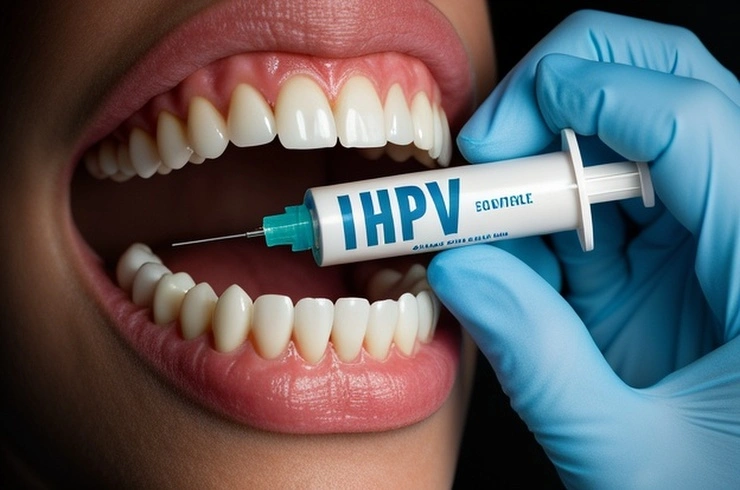
While the connection between human papillomavirus (HPV) and cervical cancer has been established for decades, and its role in head and neck cancers is also known, the rise in these specific cancers has brought oral HPV into sharper focus. Most individuals infected with oral HPV never develop cancer, as their immune system effectively clears the virus, often without them ever knowing they were infected. However, the increasing incidence of head and neck cancers suggests that oral HPV may be a significant contributing factor. The good news is that proactive measures can be taken to prevent infection and reduce cancer risk.
Approximately 7% of the American population carries oral HPV, a figure considerably lower than those with genital HPV, the most prevalent sexually transmitted disease in the U.S. Researchers are still investigating the precise modes of oral HPV transmission. While oral sex is widely suspected by many medical professionals, conclusive evidence remains elusive. Similarly, it's unclear if deep kissing can transmit the virus. What is certain, however, is that casual contact, such as a kiss on the cheek or sharing a drink, does not lead to oral HPV transmission.
The stealthy nature of oral HPV means that an individual may be infected without experiencing any symptoms. In the majority of cases, the body's immune system successfully eradicates the infection within two years. Nevertheless, in some instances, the virus can persist for many years, eventually leading to the development of head or neck cancer.
More than 40 types of HPV can infect humans, but only a select few are carcinogenic. HPV16, a strain commonly associated with most cervical cancers, is also responsible for the majority of HPV-related head and neck cancers. When HPV infects cells, it induces physical alterations. If the immune system fails to neutralize the infection, these cellular changes can progress into tumors, typically located in the throat, near the tonsils, at the back of the roof of the mouth, or at the base of the tongue. The latency period for cancer development is substantial; an individual can be infected for a decade or more before a tumor manifests.
The Centers for Disease Control and Prevention (CDC) estimates that around 11,600 Americans are diagnosed with HPV-related head and neck cancers annually. Men are disproportionately affected, with three times higher incidence rates than women. These cancers are most prevalent in individuals under 60, particularly those in their 30s and 40s. While serious, HPV-related head and neck cancers have demonstrated a favorable response to medical treatment.
Vaccines designed for both women and men can prevent infections from the HPV strains responsible for cervical cancer. The question arises: can these vaccines also offer protection against oral HPV infection and, consequently, head and neck cancers? It's highly probable. The available vaccines, Gardasil and Cervarix, were developed to prevent various cancers, including cervical, vulvar, vaginal, anal, oropharyngeal, and other head and neck cancers. Given that these vaccines operate by preventing HPV infection, many medical experts believe they are likely effective in preventing any cancer caused by the specific HPV strains covered by the vaccine.
Beyond vaccination, practicing safe sex is a crucial preventive measure. The use of condoms and dental dams can help in preventing oral STDs. Furthermore, bolstering your immune system can enhance its ability to combat infections like oral HPV. Incorporating healthy habits into your daily routine is advisable: consume a diet rich in fruits, vegetables, and whole grains; engage in regular exercise; ensure adequate sleep; and refrain from smoking. Consult your doctor if you require assistance in adopting these healthy lifestyle choices.
Pro Tip
The content of the article is shared by netizens, please carefully identify it